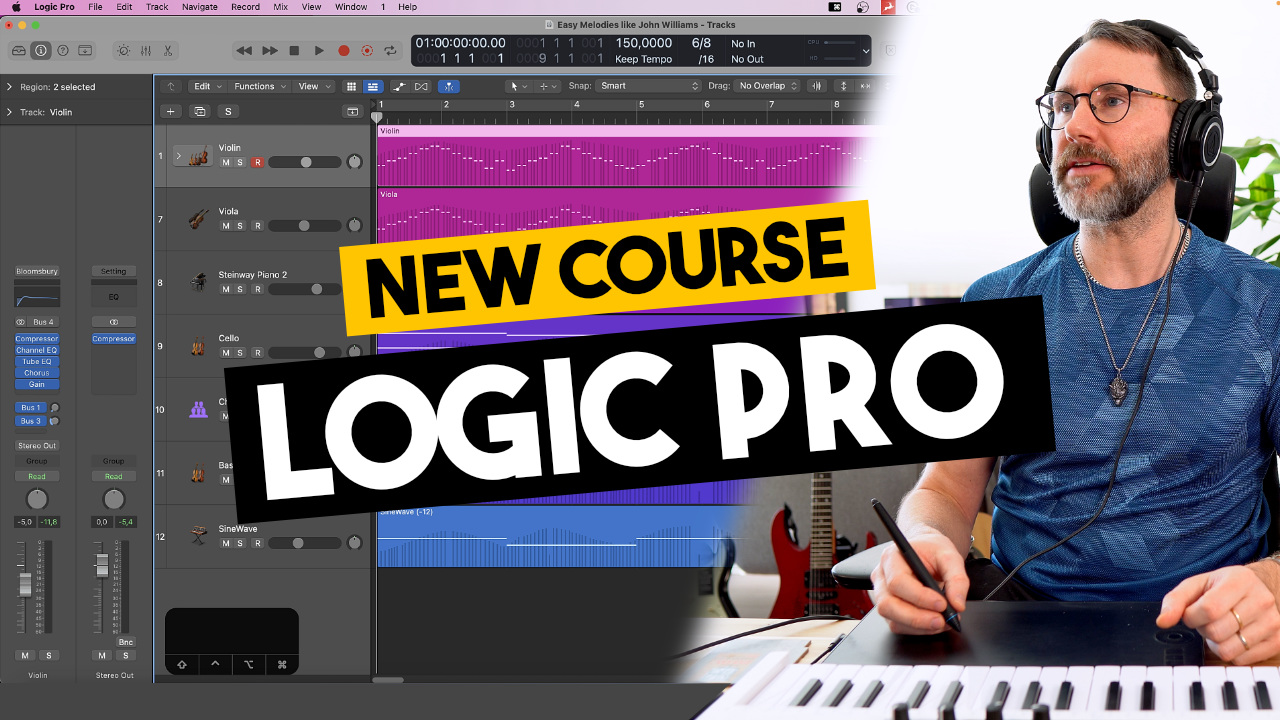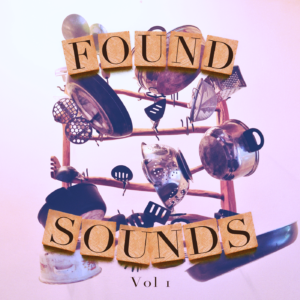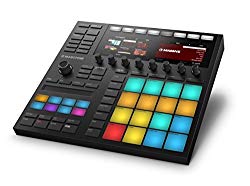In Learn Music Theory in 5 minutes I will help you with a basic understanding in music theory. Today we will talk about how to build and play chords, or triad chords.
If this class is too basic for you, skip this one and read some of my more advanced articles. We all need to begin somewhere!
The benefits of music theory – Why study music theory?
Learning basic music theory is essential for nurturing creativity and developing musicality. Knowing how music works will make the music production process easier and help you become an effective music producer. Music theory is a challenging but rewarding set of skills to learn.
Is learning music theory really required? No. However, you can benefit from learning at least a basic set of music theory.
For example, learning basic music theory will:
- Make it easy to communicate with other musicians
- Improve your musical development
- Help you understand how music works
- Improve your musical form skills
- Deepen your appreciation for music
- Improve your improvisation skills
- Improve your song arrangement skills
- Help you discover new creative possibilities
- Make it easier to build chord progressions and melodies
- Help you make intelligent composition decisions
- Help you achieve expression and evoke emotion
- Improve your critical listening skills
- Speed up your workflow
- Help you break through creative blocks
Note: Musical theory is not a set of rules or guidelines you must follow. It’s a tool to help you understand and explain how music works.
How to build & play chords on the piano?
Chords happen when you play three or more notes at the same time. Chords is what brings harmony into your music.
It’s the background which the melodies rest upon. I think it’s crucial you learn how to build chords of all sorts to get a good foundation in your music theory backpack.
What is a triad chord?
The most basic chord is the triad-chord. A triad chord is built with three notes.
Triad means a set of three related things.
In music theory it means three related notes.
Note numbers in music theory
In music theory, we use intervals (note numbers) to calculate the steps between notes.
The first note, called the root, counts as number one (1).
If we look at a C major scale the numbered notes are:
1, 2, 3, 4, 5, 6, 7.
These note numbers are often referred to as:
root (1), second (2), third (3), fourth (4), fifth (5), sixth (6) and finally seventh (7).
How to build a chord
You build a chord off of a single note, the “root” note.
- Begin with the root note.
- Add the third note.
- And finally the last note is added, the fifth.
You often see these triad note values numbered as 1, 3, 5.
In a major / minor triad chords you skip the second, and also the fourth note.
The most common triad chords are the major- and minor chords.
Major chord
A major triad consists of root, major third, and a perfect fifth.
If we create a major triad chord from the root note C. We get C, E, G.
C is our root – 1.
E is our Major Third – M3.
G is our Perfect Fifth – P5.
Minor chord
A minor triad has the root, minor third and a perfect fifth.
If we want to create a minor triad chord from the root C. We get C, Eb, G.
C is our root – 1.
Eb is our Minor Third – m3.
G is our Perfect Fifth – P5.
Note steps in major and minor chords
You can also remember the steps between the notes to learn the major and minor chords.
In conclusion, a major chord is 4 + 3 steps. Respectively the minor chord is 3 + 4 steps.
Practise playing major and minor chords
Now practise creating and playing major and minor chords across the keyboard.
A major = A, C#, E notes.
D minor = D, F, A notes.
F# minor = F#, A, C# notes.
Suspended chords
In addition to the major and minor triad you also have the suspended triad. It comes in two variations suspended fourth and suspended second.
Suspended fourth shortened name is sus4. Respectively, the suspended second is shortened to sus2.
That’s it for learn music theory in 5 minutes! If you enjoyed this article and video please check out my other articles!
Thanks for the read!
//Matt















